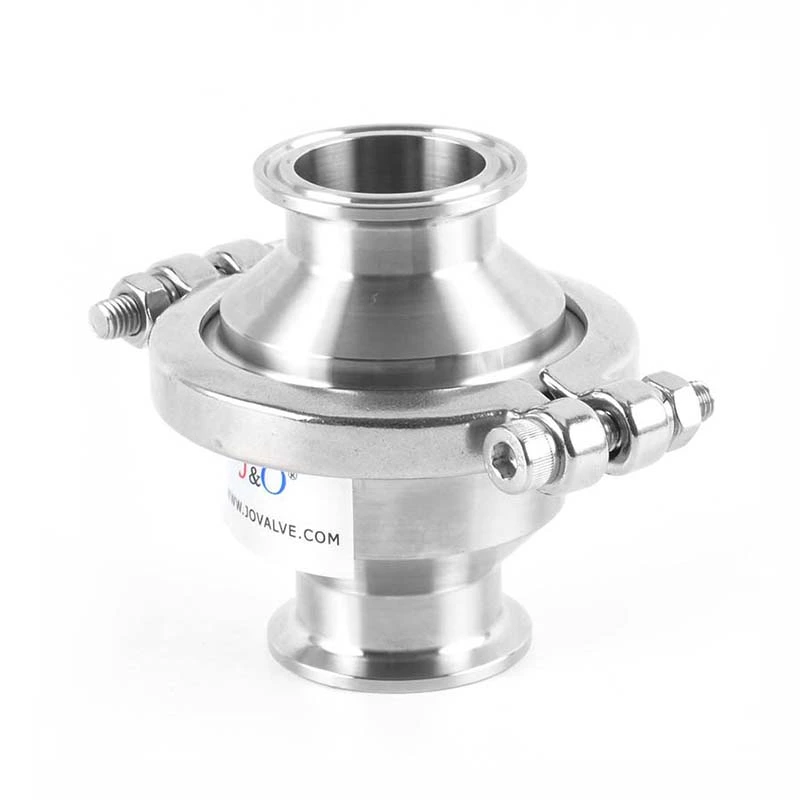Maintenance And Care Of Sanitary Check Valves
The maintenance and care of Sanitary Check Valve mainly include the following aspects:
1. Appearance inspection and cleaning
Regular inspection: It is recommended to conduct an appearance inspection of the check valve once a quarter to ensure that there is no obvious damage, corrosion or contamination on the valve surface and that the connectors are firm.
Cleaning the valve: Use a clean soft cloth or special cleaning agent to remove dust, oil and debris on the valve surface, and avoid using highly corrosive chemicals. For dirt that is difficult to remove, a mild cleaning agent can be used, but care should be taken to avoid damage to the valve.
2. Lubrication operation
Apply lubricant: Apply an appropriate amount of lubricant to the threads, shafts and other moving parts of the valve every quarter to reduce friction and wear and ensure smooth operation of the valve. Before applying, remove the old lubricant and impurities on the surface of the parts to ensure the lubrication effect.
3. Sealing performance inspection
Sealing test: Check the sealing performance of the valve once a month to observe whether there is leakage in the closed state. The sealing performance can be judged by applying pressure and using a leak detector or observing bubbles.
4. Functional test and operational flexibility check
Functional test: Regularly test the opening and closing functions of the valve to ensure that it can work normally under pressure, especially when it is newly installed or has not been used for a long time.
Operational flexibility check: Perform manual operation every six months to test the flexibility and resistance of the valve in the fully open and fully closed states. If operation jams or abnormal resistance is found, the cause must be promptly investigated and handled.
5. Parts inspection and replacement
Parts inspection: Perform a comprehensive disassembly inspection of the valve every year, focusing on the wear and damage of the valve stem, valve core, and valve seat. Ensure that there are no scratches and rust on the surface of the valve stem, and polishing can be done for minor wear; if the valve core and valve seat are severely worn, corroded or deformed, they should be replaced in time.
6. Anti-corrosion treatment
Anti-corrosion coating: For valves exposed to humid or corrosive environments, the anti-corrosion coating needs to be regularly inspected and repaired. Hot-dip galvanizing, painting, etc. can be used for protection to ensure that the valve can maintain good performance even in harsh environments.
7. Record and maintenance history
Record maintenance information: Record the time, content and results of each maintenance in detail, which helps to predict potential failures and take measures in advance to ensure the long-term stable operation of the valve.
Through the above maintenance and care measures, the service life of the sanitary check valve can be effectively extended to ensure that it can work stably and reliably in actual applications.
